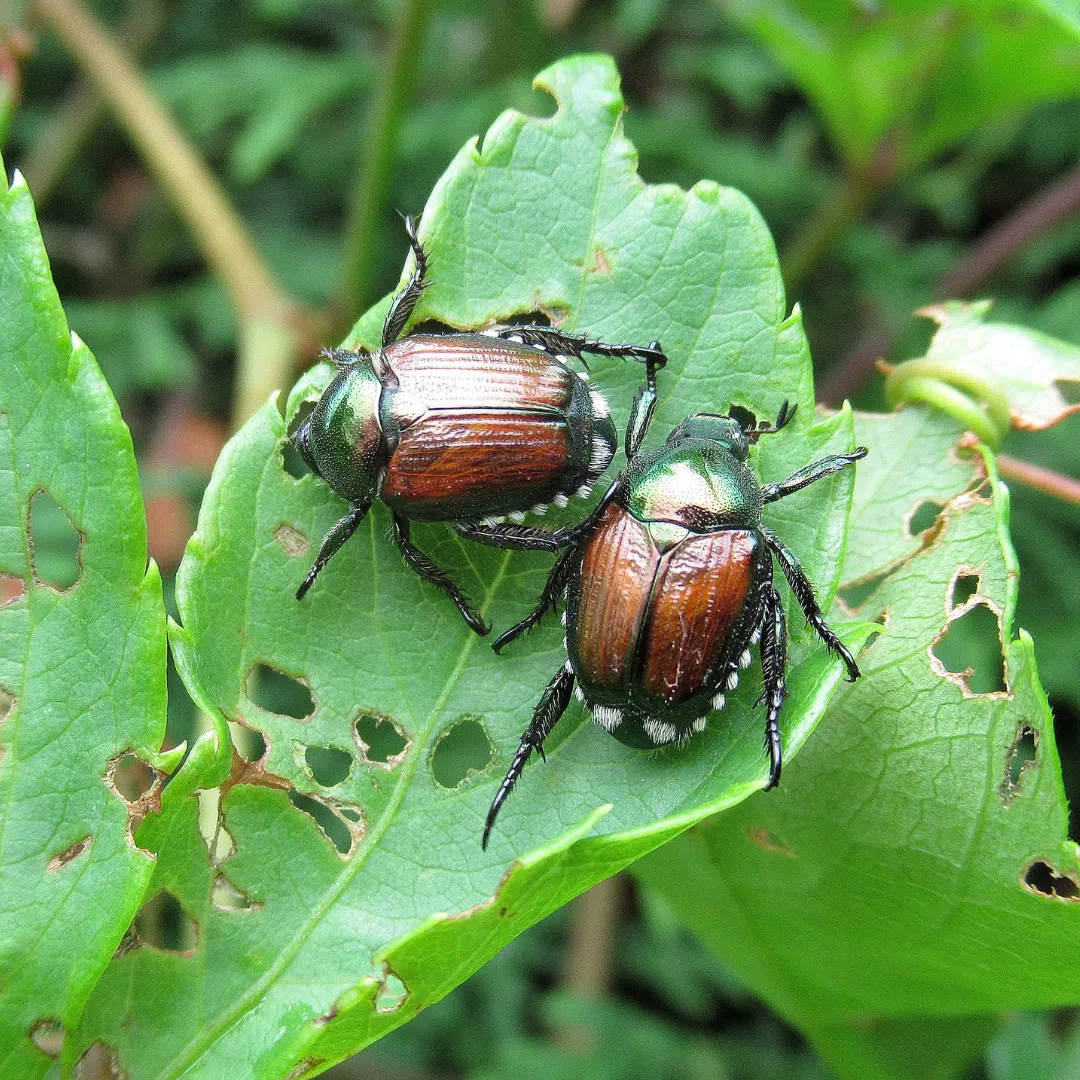Last month I wrote about invasive plants, and unfortunately, we have invasive animals in the state and across the nation as well. Like invasive plants, invasive animals have few, if any, predators which allow their numbers to grow unchecked. This leads to an outsized negative impact on the plants and animals they feed on.
One of the most infamous invasive animals in the country is the Burmese pythons that now inhabit the Florida Everglades. The initial snakes were deposited by people who could no longer keep them as pets. Then in 1992, Hurricane Andrew destroyed a python breeding facility, releasing many snakes into the wild where they were able to establish a breeding population. Nothing eats these snakes once they reach a certain size, but the adult snakes eat deer, raccoons, alligators and more.
In Connecticut, our invasive animals have arrived on and in vehicles and moved around the state with us. The U.S. Department of Agriculture states invasive species of all sorts cost $26 billion per year nationally between the damage they do and the necessary eradication and control efforts.
Around here, our invasive animals are much smaller than Burmese pythons. They include shoreline animals such as Chinese mitten crabs, freshwater animals like zebra mussels, and several types of insects and invertebrates.
- The brown marmorated stinkbugs that invade our homes in the fall? Invasive.
- Japanese beetles on your roses? Invasive.
- The white clumps on our hemlock trees? Those are hemlock wooly adelgids and they are also invasive.
The invasive insects of most concern at this point are the spotted lantern fly and the Asian longhorned beetle, both of which must be photographed and reported to the state if found. The emerald ash borer and the spongy moth (formerly known as the gypsy moth) are also of high concern. These four insects have the potential to do catastrophic damage to our forests and the trees in our yards.
The links above give you more information on each organism, including what it looks like, and prevention and/or eradication strategies. Like with invasive plants, the overall goal for invasive animals is to kill them.
And something to ponder: some researchers consider human beings to also be an invasive animal. Early human beings originated in eastern Africa and over time we have managed to impact every ecosystem on the planet. So, consider your impact as an invasive, and try to walk more softly on the Earth.






